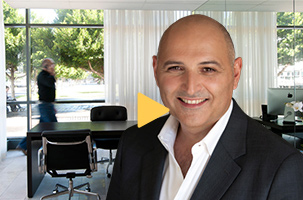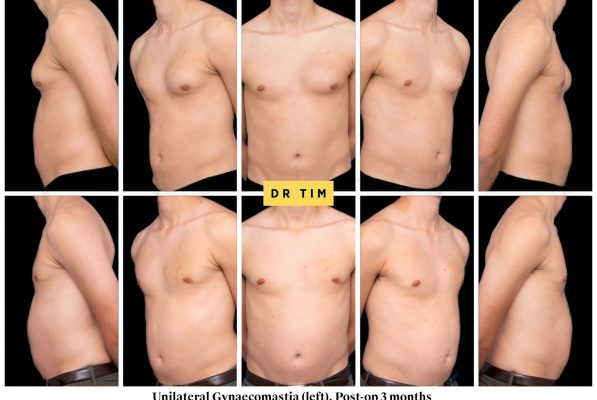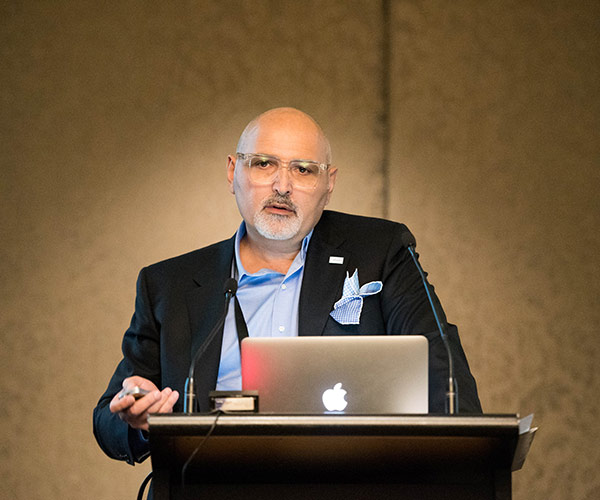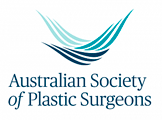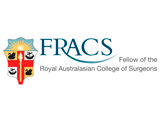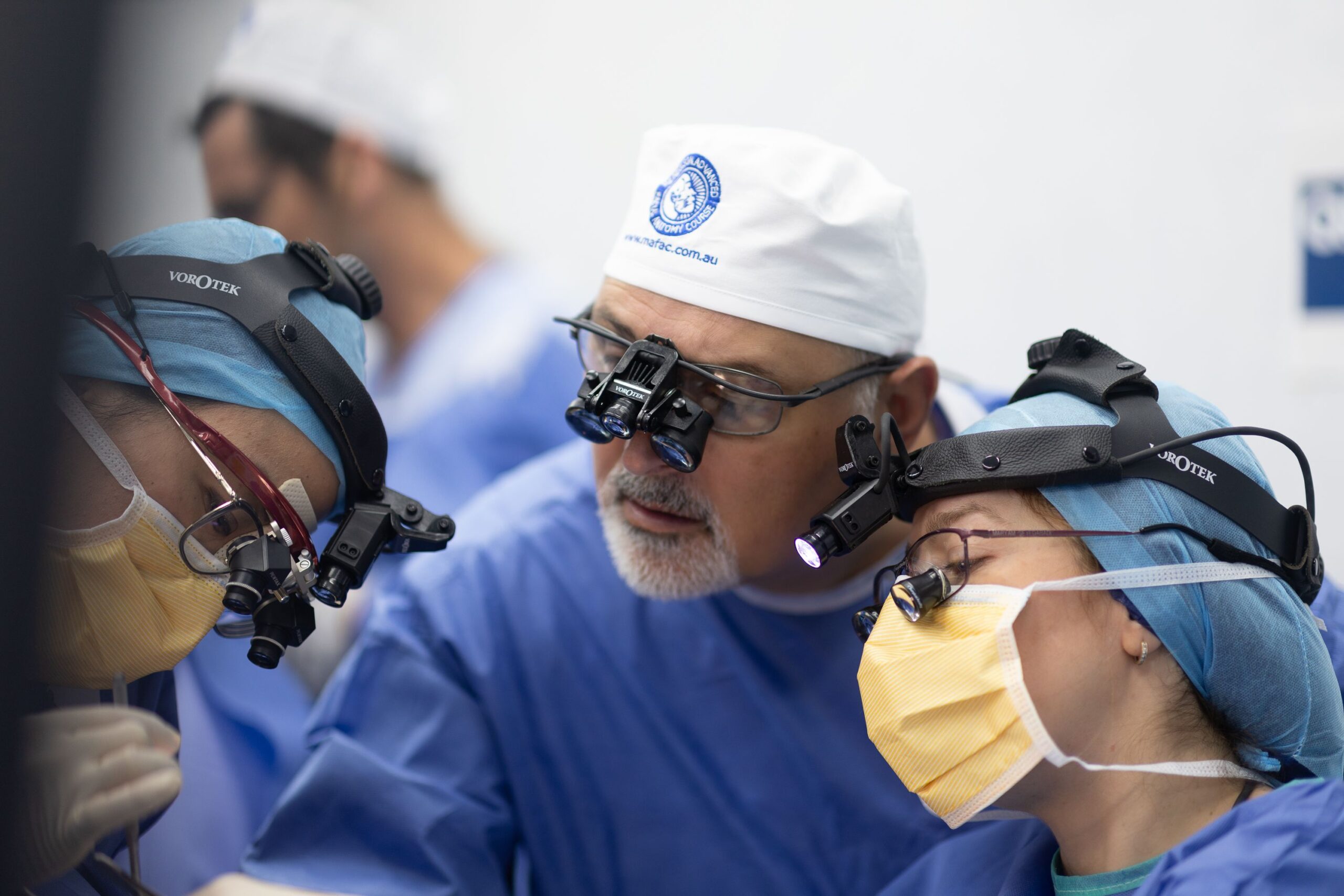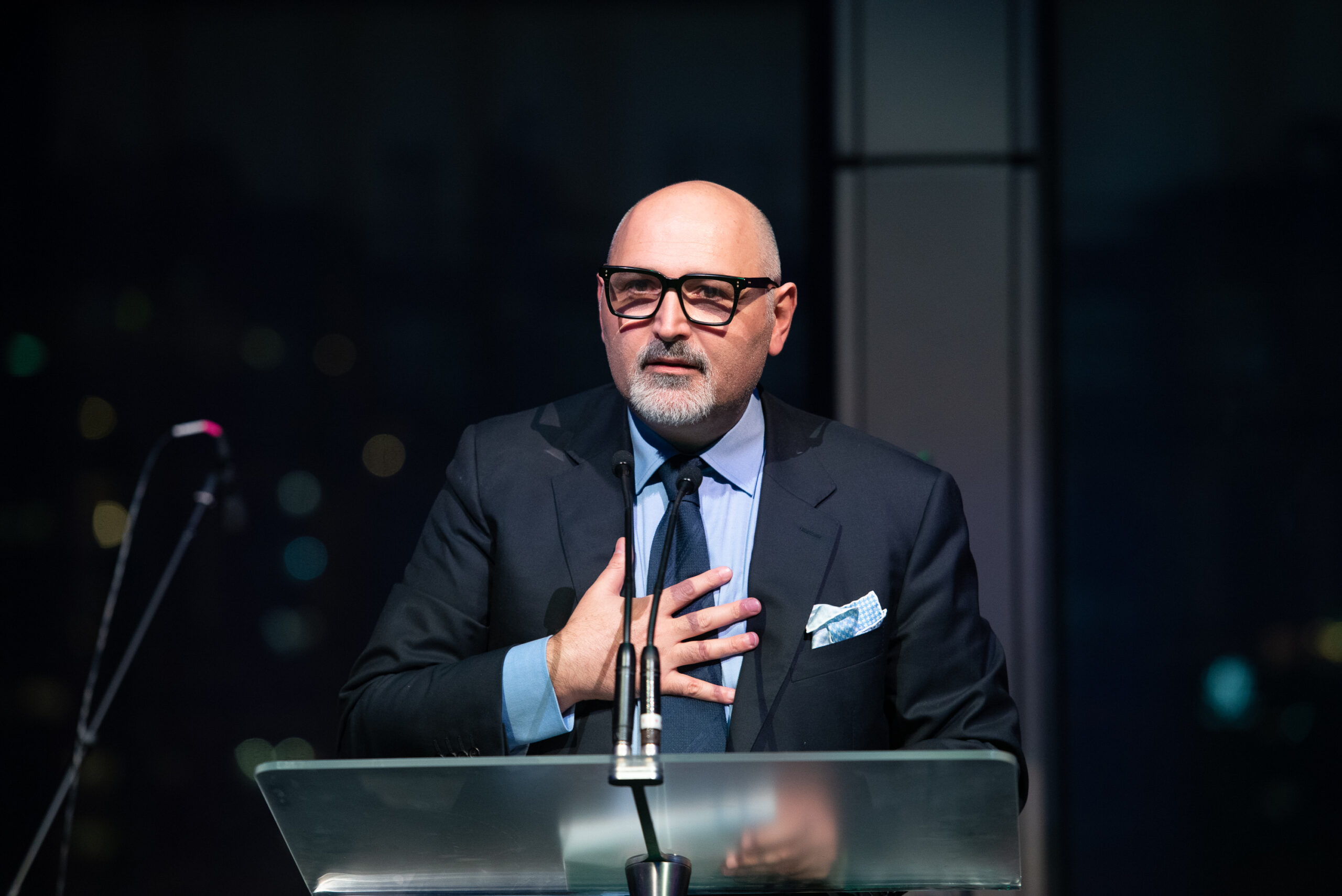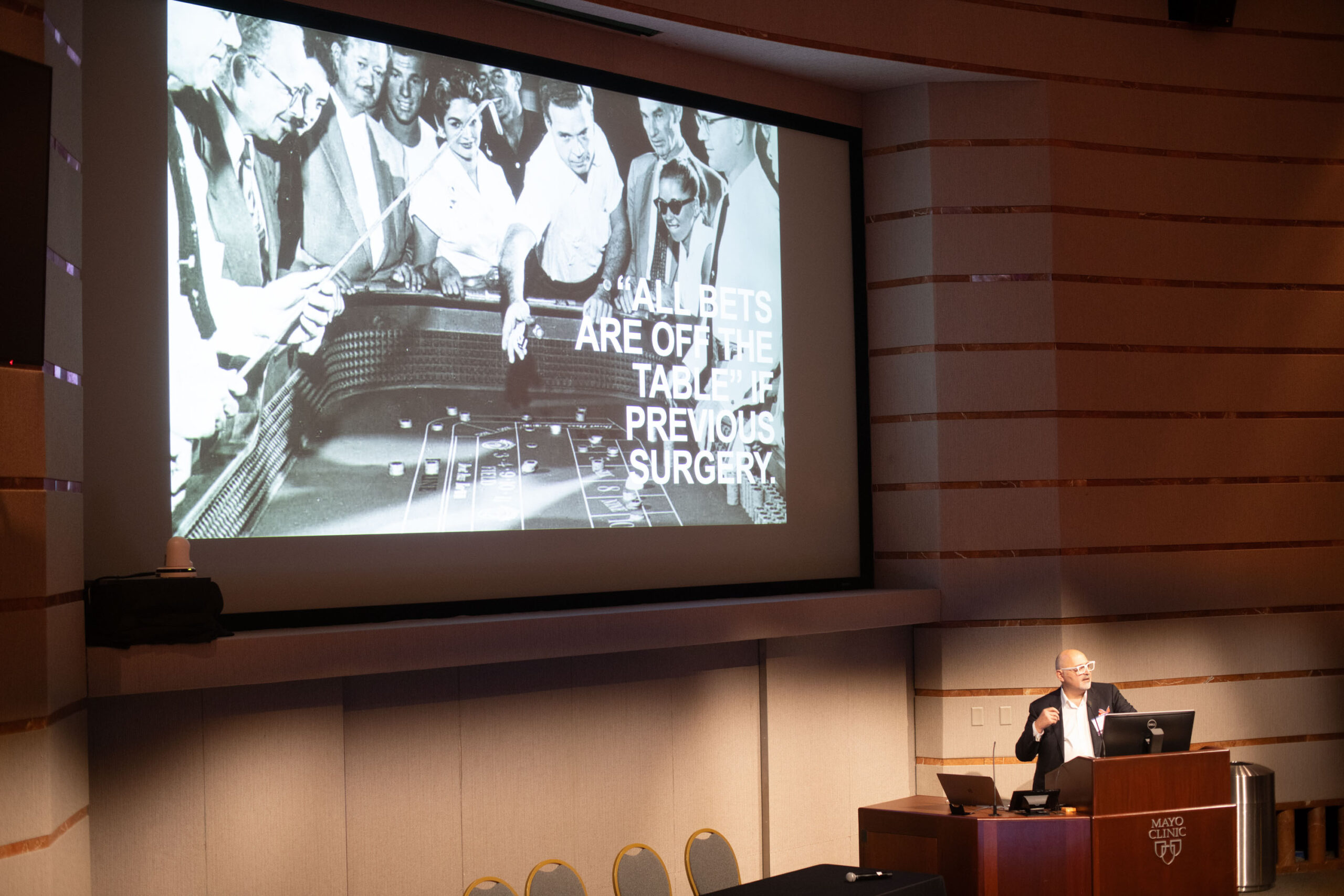Male Breast Reduction (Gynaecomastia Surgery) in Sydney
Technical Explanation of the Procedure
Male breast reduction, also known as gynaecomastia surgery, is a procedure to reduce the size of enlarged male breasts. It is characterised by excess glandular tissue, fat, or both in the chest area. Gynaecomastia can affect one or both breasts and is often caused by hormonal imbalances, genetics, weight fluctuations, certain medications, or underlying health conditions.
The procedure typically involves:
- Liposuction: This is a procedure for removing more excess fatty tissue. A small cannula is inserted through inconspicuous incisions to suction fat and contour the chest.
- Glandular Tissue Removal: If glandular tissue is the primary cause, an excision technique is used to remove the excess tissue and, if necessary, reposition the nipple.
- Skin Tightening: In cases of significant sagging or loose skin, excess skin may be removed to create a firmer, more masculine chest contour.
The surgery is customised to the individual’s anatomy and severity of gynaecomastia, ensuring a natural, balanced result.
Quick Facts About Male Breast Reduction
- Procedure Duration: 1–3 hours.
- Anaesthesia: General anaesthesia.
- Hospital Stay: Day procedure or overnight stay.
- Results: Immediate improvement; final results visible after the swelling subsides (3–6 months).
- Longevity: Permanent results with a stable weight and healthy lifestyle.
- Best Candidates: Men with persistent breast enlargement that does not respond to diet and exercise.
What to Expect
Before Surgery:
During your consultation with Dr. Tim, you’ll discuss your concerns and goals. A thorough examination will identify the cause of gynaecomastia, whether fatty tissue, glandular tissue, or a combination of both. Dr. Tim will recommend the most appropriate surgical techniques and provide preoperative instructions, such as fasting and avoiding certain medications.
During Surgery:
The procedure is performed in a fully accredited surgical facility under general anaesthesia. Depending on the surgical plan:
- Liposuction will be used to remove excess fat through small incisions.
- Excision techniques will remove glandular tissue and, if needed, reposition the nipple for a natural appearance.
- If excess skin is present, it will be removed to tighten and reshape the chest.
The incisions are carefully placed to minimise visible scarring, and the area is dressed for post-operative support.
After Surgery:
You will be fitted with a compression garment to support healing and minimise swelling. Mild discomfort, swelling, and bruising are normal and typically resolve within a few weeks.
Risks
Male breast reduction is a safe and effective procedure, but like all surgeries, it carries potential risks, including:
- Infection or delayed wound healing.
- Scarring (usually minimal and inconspicuous).
- Asymmetry or contour irregularities.
- Changes in nipple sensation (temporary or permanent).
- Rare complications, such as bleeding, fluid accumulation, or anaesthesia-related risks.
Recovery Tips
- Follow Post-Operative Instructions: Adhere to Dr. Tim’s guidelines for optimal healing.
- Wear a Compression Garment: This helps reduce swelling and supports the chest contours during recovery.
- Avoid Strenuous Activities: Refrain from heavy lifting, chest exercises, or strenuous activities for 4–6 weeks.
- Sleep Elevated: Sleeping on your back with pillows elevating your upper body can reduce swelling.
- Hydrate and Rest: Proper hydration and rest promote faster recovery.
- Scar Care: Follow Dr. Tim’s recommendations to minimise scarring over time.
This content is suitable for an 18+/adult audience only
These photos are of consented patients of this clinic/medical practitioner and have not been altered or digitally enhanced.
Outcomes shown are only relevant for this patient and do not necessarily reflect the results other patients may experience, as results may vary due to many factors including the individual’s genetics, diet and exercise.
Click on the images below to enlarge
